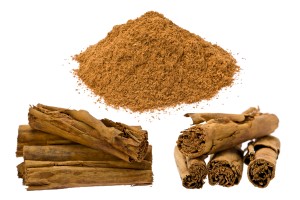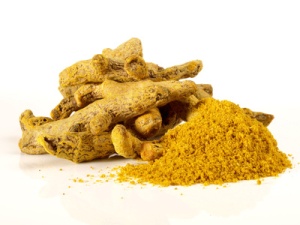A spice is a dried seed, fruit, root, bark, or vegetative substance primarily used for flavouring colouring or preserving food. Sometimes a spice is used to hide other flavours. Spices are distinguished from herbs, which are parts of leafy green plants also used for flavouring or as garnish. Many spices have antimicrobial properties. This may explain why spices are more commonly used in warmer climates, which have more infectious disease, and why use of spices is especially prominent in meat, which is particularly susceptible to spoiling. A spice may have an extra use, usually medicinal, religious ritual, cosmetics or perfume production, or as a vegetable. For example, turmeric roots are consumed as a vegetable and garlic as an antibiotic.
Now, just as spices "flavour, colour or preserve food", they could also flavour, colour and preserve our marriages. "How?" you may ask. Lets consider some of the variables that mar relationships
cinnamon
Moses used it as an ingredient in holy anointing oils (Exodus 30:22-25). Cleopatra (69-30 B.C.) is said to have carried cinnamon with her jewels. During the Roman Empire, cinnamon bark was burned as incense in the temples and wealthy Romans used it in their baths.
Cinnamon offers many health benefits such as:
Anti-fungal, antibacterial and anti-parasitic properties
Anti-inflammatory properties
Excellent source of manganese, dietary fiber, iron and calcium
Reduces blood sugar, triglyceride and cholesterol levels
Treats digestive disorders such as indigestion, flatulence, diarrhea, and loss of appetite
Aid in digestion by stimulating saliva and gastric juices
Improves general circulation
Turmeric
New research at Oregon State University has discovered that curcumin, a compound found in the cooking spice turmeric, can cause a modest but measurable increase in levels of a protein that’s known to be important in the “innate” immune system, helping to prevent infection in humans and other animals.
1. It is a natural antiseptic and antibacterial agent, useful in disinfecting cuts and burns.
2. When combined with cauliflower, it has shown to prevent prostate cancer and stop the growth of existing prostate cancer.
3. Prevented breast cancer from spreading to the lungs in mice.
4. May prevent melanoma and cause existing melanoma cells to commit suicide.
5. Reduces the risk of childhood leukemia.
6. Is a natural liver detoxifier.
7. May prevent and slow the progression of Alzheimer’s disease by removing amyloyd plaque buildup in the brain.
8. May prevent metastases from occurring in many different forms of cancer.
9. It is a potent natural anti-inflammatory that works as well as many anti-inflammatory drugs but without the side effects.
10. Has shown promise in slowing the progression of multiple sclerosis in mice.
11. Is a natural painkiller and cox-2 inhibitor.
12. May aid in fat metabolism and help in weight management.
13. Has long been used in Chinese medicine as a treatment for depression.
14. Because of its anti-inflammatory properties, it is a natural treatment for arthritis and rheumatoid arthritis.
15. Boosts the effects of chemo drug paclitaxel and reduces its side effects.
16. Promising studies are underway on the effects of turmeric on pancreatic cancer.
17. Studies are ongoing in the positive effects of turmeric on multiple myeloma.
18. Has been shown to stop the growth of new blood vessels in tumors.
19. Speeds up wound healing and assists in remodeling of damaged skin.
20. May help in the treatment of psoriasis and other inflammatory skin conditions.








